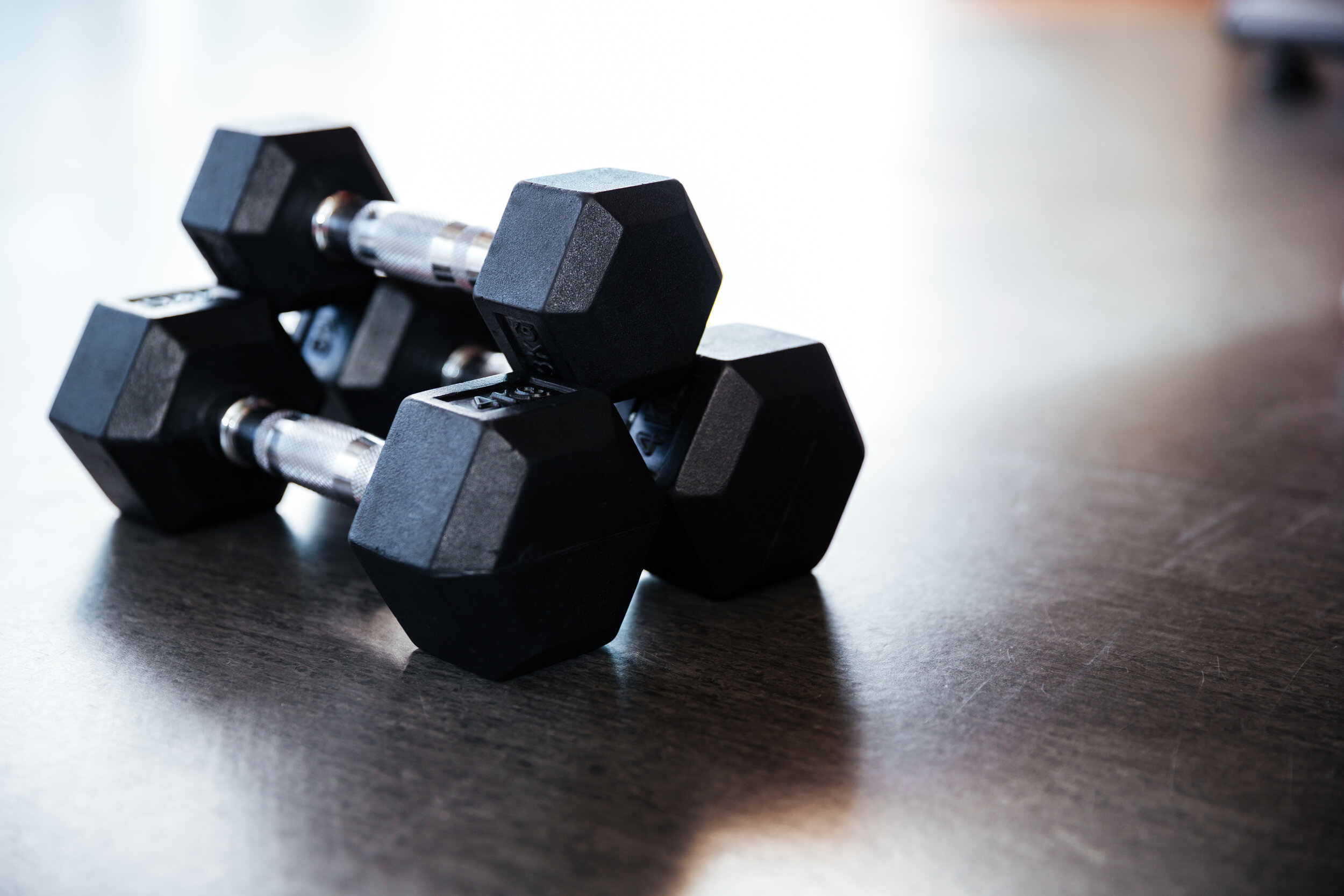

Can We Target Individual Muscles?
Different exercises for the same muscle groups do work muscles differently, but not in the hyper specific way that people think it’ll tighten, lift, or radically create muscle growth. Variety in exercises to make sure the entire muscle group is strengthened can be incorporated into workout routines, but more variety doesn’t mean better/more gains. If you have a good program with a little bit of variety, it’s more important to focus on consistency and adding weight over time, rather than worry about tweaking exercises.

When Do We Physically Peak? (Peaking Part 2)
Olympic weightlifting is the main professional lifting competition, but Olympic athletes cannot be used to assess averages for lifters. The people who make it to the Olympics have genetic and social advantages that make them the best in the world.
The margin of winning at these high levels is so small that even the most dedicated and talented athletes may never make it to the Olympic Games and could quit trying to compete well before their physical peak.
Research in masters lifting has shown that most lifters were physically peaking between ages 30-35, and although their abilities do start decreasing, it’s at a much smaller and slower rate than people tend to expect.
Career peaking is a social construct and should not be used as the only way to measure expected performance and growth.

When Do We Physically Peak? (Physical Peaking Part 1)
Peaking in your career and peaking physically are usually going to be different, especially for weightlifters. While many professional athletes retire from competing in their 20s, it is not always because they have physically peaked. Social factors have a huge impact on both career peaks and physical peaks. High level athletes need time, money, and other resources in order to train at the level required to be competitive. A career usually comes to an end or doesn’t meet its full potential because of one or more of these resources is scarce or withheld from an individual.

99% Of Fitness Content Is Garbage
There’s a finite amount of information that can be shared about fitness and a limited number of ways to say it. Only a small portion of the fitness industry is doing research into actually new ideas and methods. Those who aren’t doing that either produce - at best - fluff content or - at worst - misleading or unverified information.

A Humble Proposal: Factoring Percentage of Reps Into Reps In Reserve Calculations
RPE (ratings of perceived exertion) and RIR (reps in reserve) can be useful training tools for some sports where the goal is to train to failure or near failure, but there is no catch-all number that works for all exercises. Generally, RPE is used for managing heavy efforts of weight or reps, and not for exercises where training to failure or near failure would inhibit the continuation of training like working on endurance for running a marathon. Instead of static numbers, RPE/RIR can function as a percentage of total effort to be applied to a wider range of workouts.
